
AeroGenie — Votre copilote intelligent.
Tendances
Categories
EHang Plans Affordable Air Taxi Service Launch in China Within Three Years
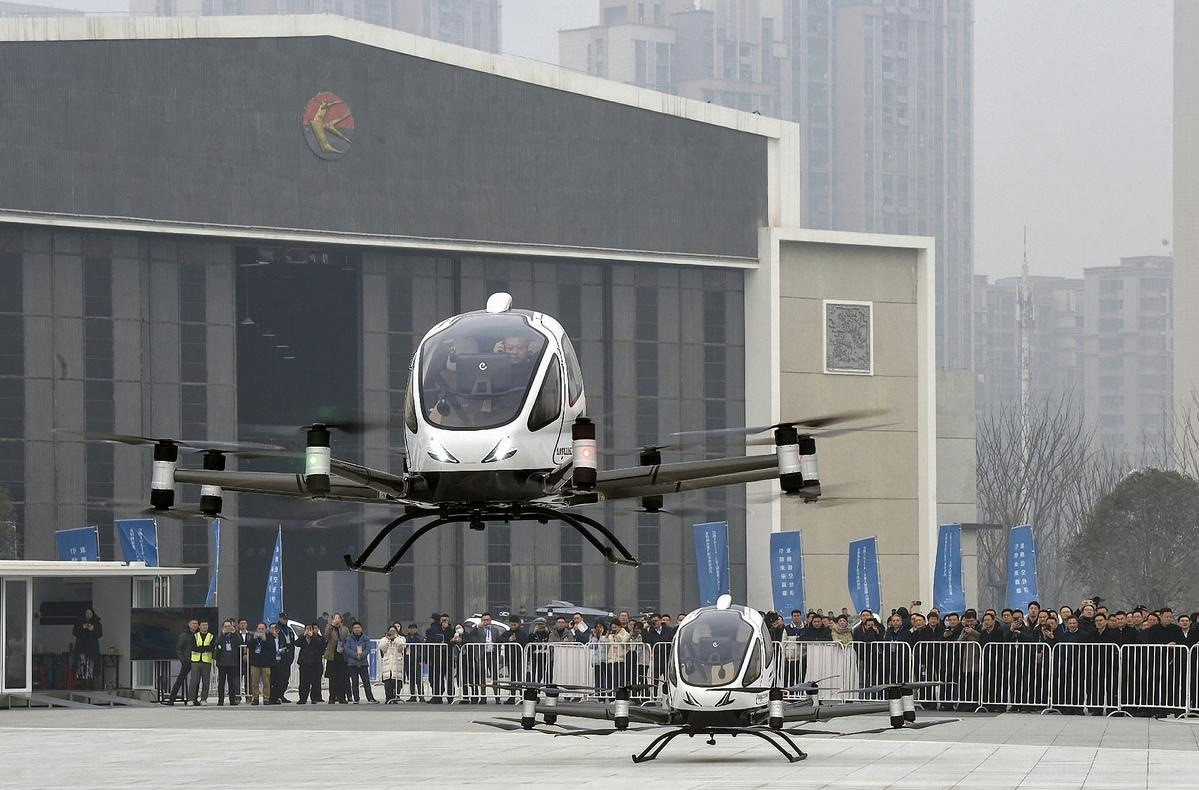
EHang Plans Affordable Air Taxi Service Launch in China Within Three Years
Ambitions for Urban Air Mobility
Chinese air-taxi pioneer EHang has announced plans to commence commercial air taxi services from base airports across China within the next three years, with fares expected to start at approximately $28 per trip. This initiative underscores the company’s ambition to make urban air mobility widely accessible. Earlier this year, EHang became the first company worldwide to receive approval from the Civil Aviation Administration of China (CAAC) to operate electric vertical takeoff and landing (eVTOL) aircraft commercially, marking a significant milestone in the development of the sector.
Currently, EHang’s regulatory approval is limited to flights that begin and end at the same location. The company intends to focus initially on sightseeing flights in cities such as Guangzhou and Hefei. It is also exploring airport transfer services, which are anticipated to be priced lower than scenic tours due to fewer operational constraints. Conor Yang, EHang’s chief financial officer, highlighted Beijing’s strategic emphasis on developing a “low-altitude economy,” referring to activities within airspace below 1,000 meters. Yang noted that air taxi rides are projected to cost between 200 and 300 yuan ($28–$42), making them more expensive than premium rides on China’s DiDi platform but still more affordable than luxury-class transfers.
To support scalability, EHang has developed software designed to enable the simultaneous operation of multiple two-seat EH216-S air taxis, aiming to enhance fleet management efficiency.
Challenges and Market Context
Despite these ambitious plans, EHang faces considerable challenges. Its new VT35 eVTOL aircraft, which offers a range of up to 200 kilometers, is still undergoing airworthiness certification, with no definitive delivery timeline announced. The company’s announcement has elicited mixed reactions amid intensifying global competition in the urban air mobility market.
U.S.-based Archer Aviation, for instance, is actively testing its electric eVTOL Midnight in Dubai and has attracted substantial investor interest. Archer’s stock has surged over 300% in the past year, supported by a reported $6 billion order book. The broader urban air mobility sector is projected to be worth trillions of dollars, drawing significant investment and participation from major industry players worldwide.
In addition to competition within the air taxi market, advancements in autonomous ground transportation may influence the sector’s trajectory. Uber plans to launch autonomous taxi rides in San Francisco next year and aims to deploy 20,000 autonomous taxis by 2032. These developments could reshape urban mobility patterns and affect consumer adoption of air taxi services.
EHang’s success in launching and scaling its air taxi service will depend on overcoming regulatory hurdles, achieving technological readiness, and maintaining competitive pricing. The company’s plans reflect China’s broader ambitions to lead in accessible air transport, but realizing these goals will require sustained regulatory support, technological progress, and market acceptance.
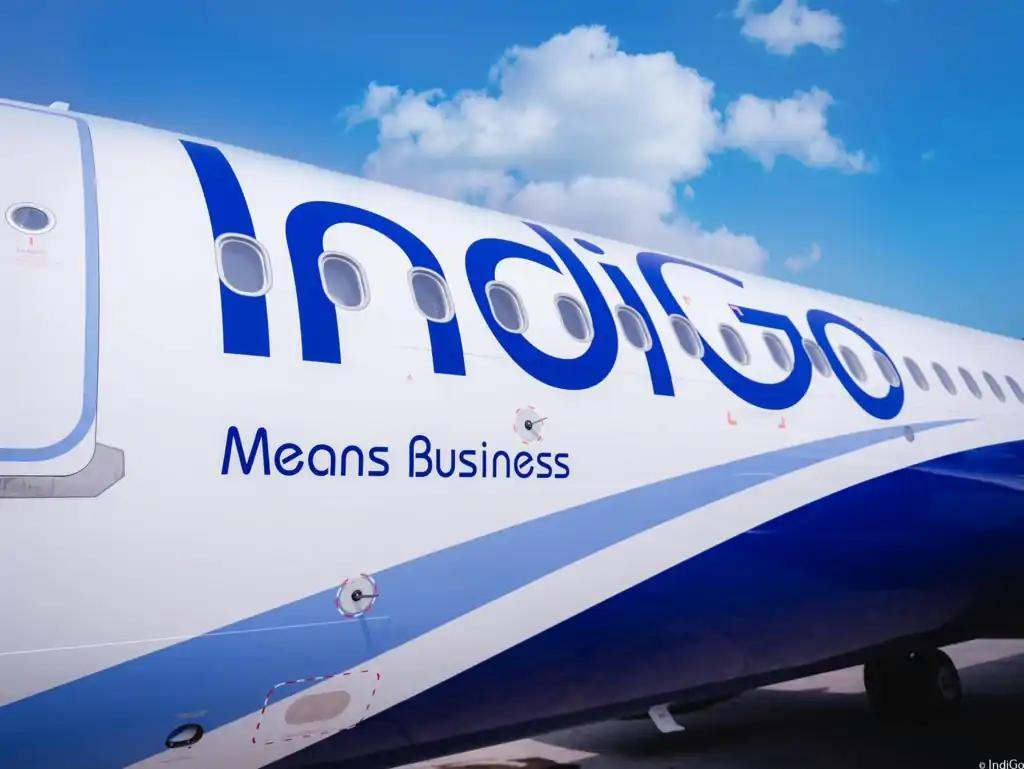
IndiGo's Aircraft Leasing Strategy: Navigating Regulatory Waters

Virgin Introduces AI Concierge Service
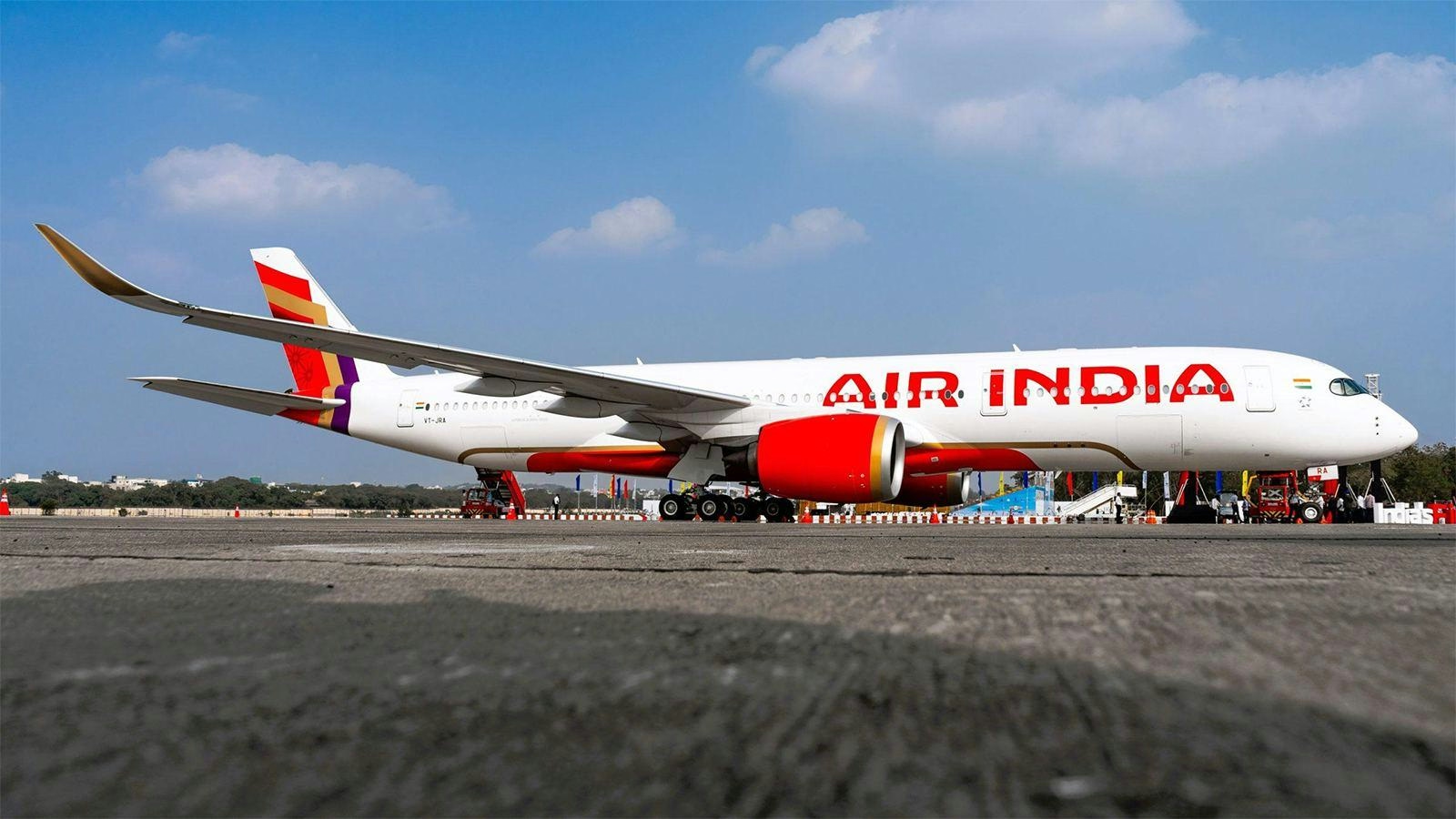
AI Flight to Mumbai Returns to Delhi After Engine Failure
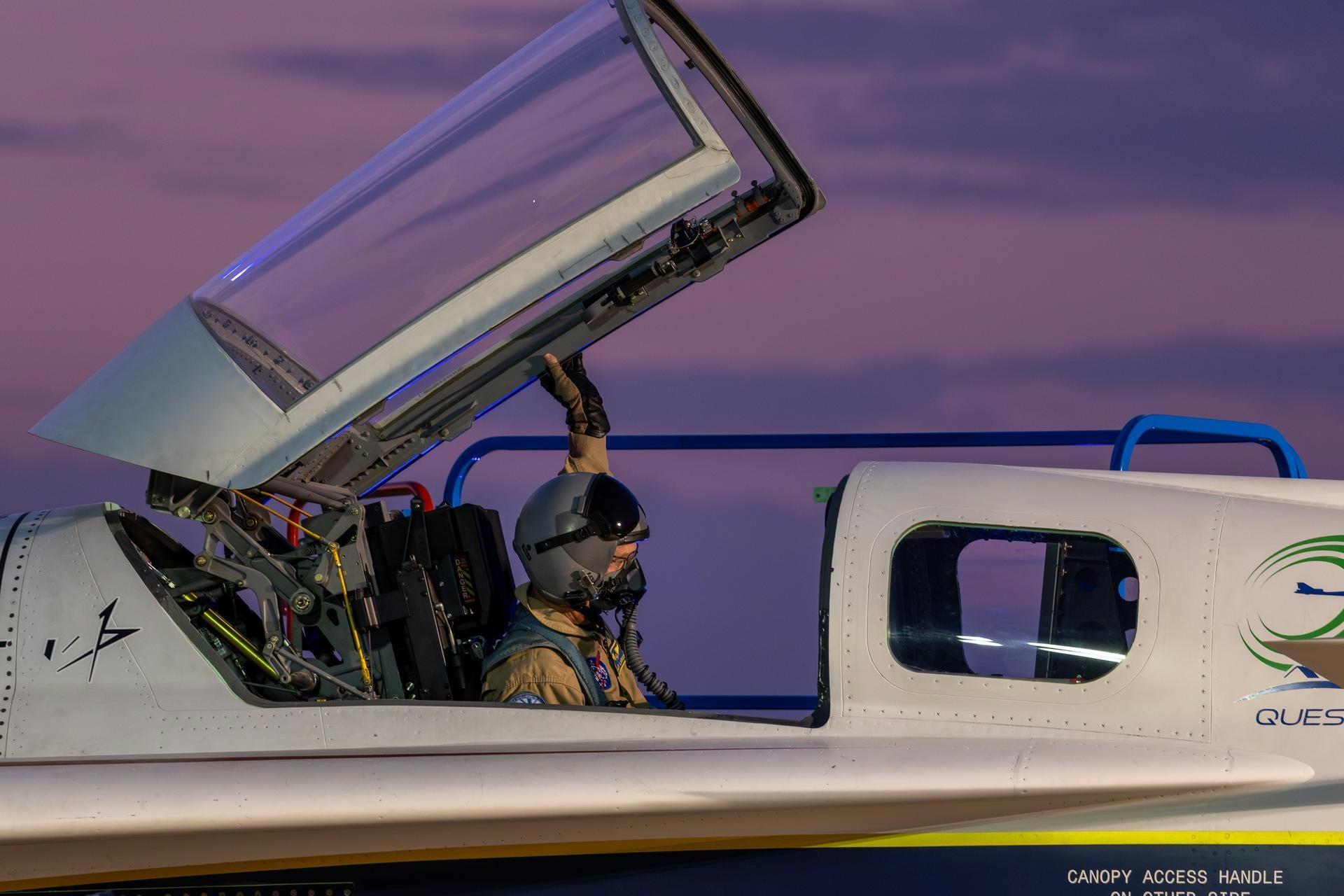
NASA Armstrong Advances Flight Research for 2025
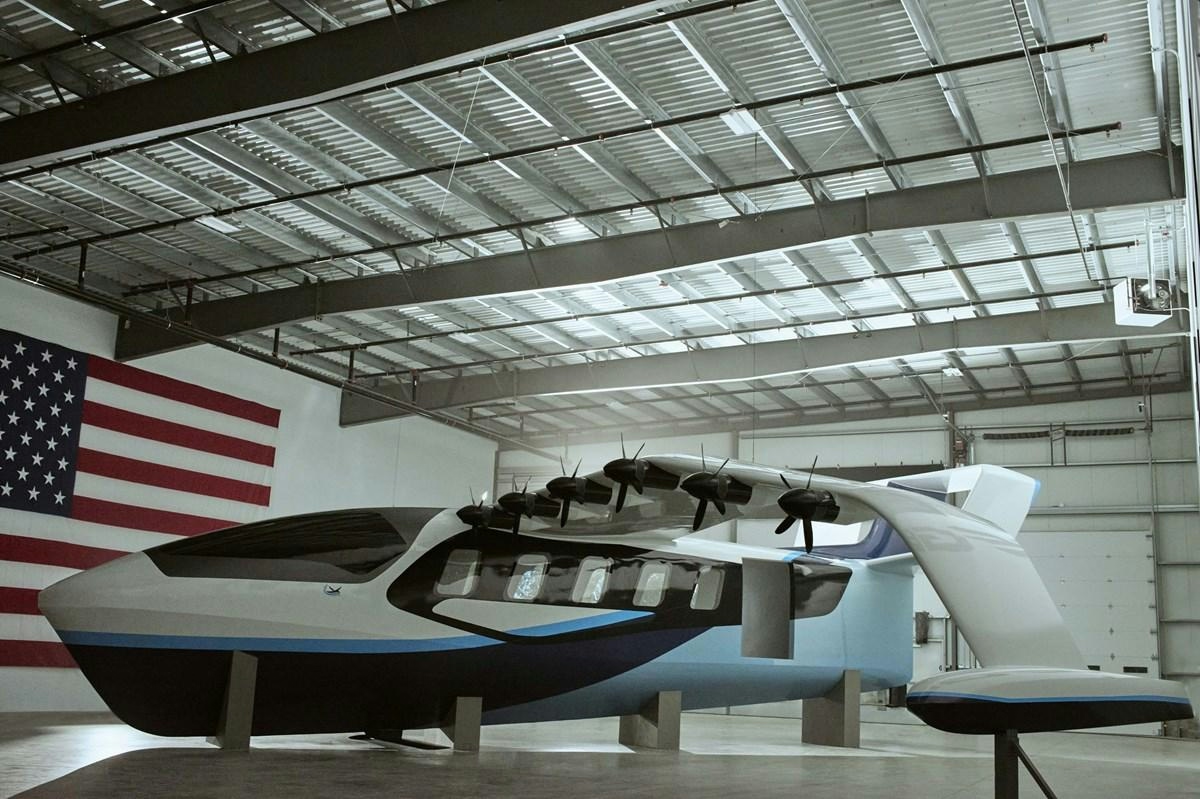
Regent Reports Significant Progress in Technology, Business, and Manufacturing
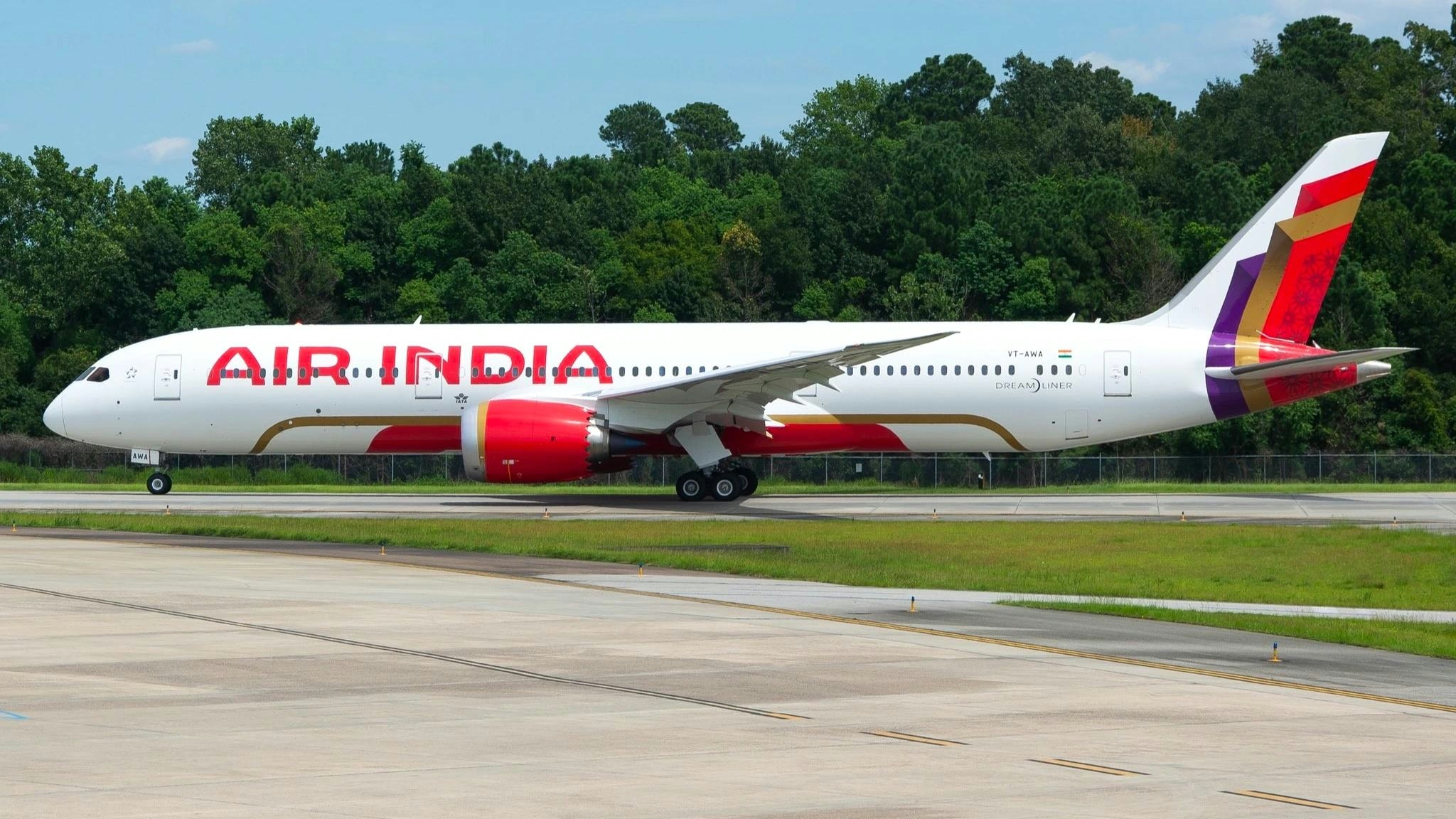
Air India to Receive First Boeing 787-9 Dreamliner in Early 2026

Coulson Aviation Launches Boeing 767 VLAT Program
PACE Aerospace & IT Releases Updated VAPS XT ARINC 661 DO-178C Certification Kit
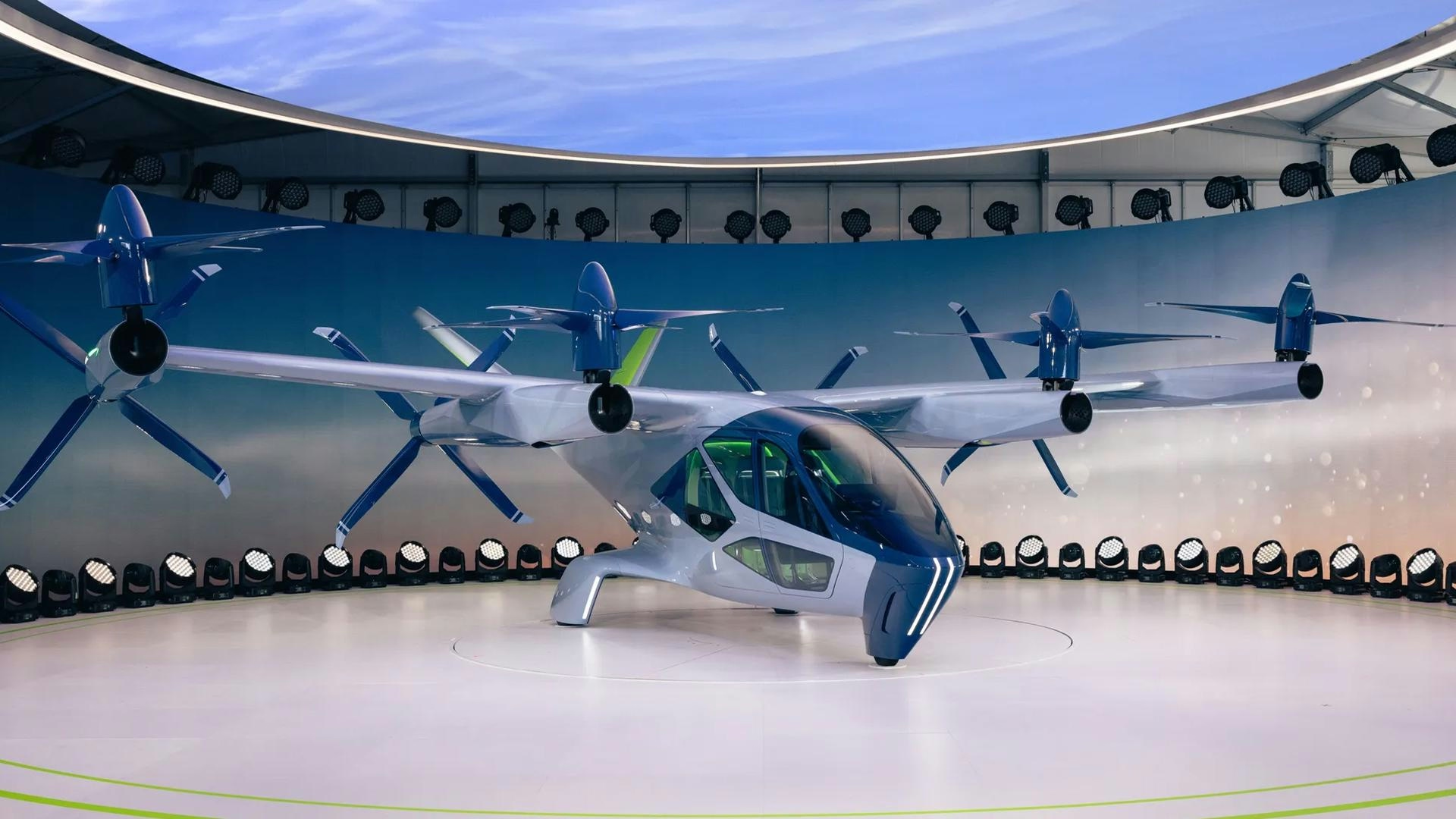
New American eVTOL Aims to Transform Air Taxi Industry
